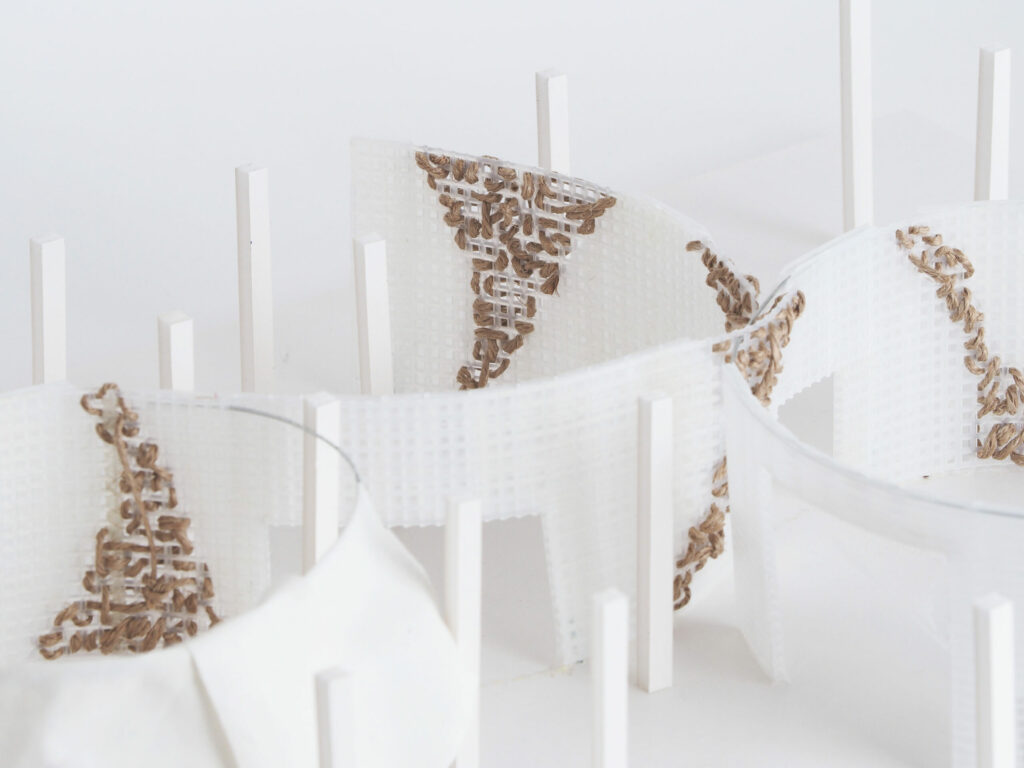Ze Ming Lee

Having an interest in old buildings and the vibrant inhabitations they contain, my project looks at three different areas of People’s Park Food Centre, a historically valuable landmark: the Hawker Centre at level 1; the textile district at Level 2; and the residential area located on the top floors of the building. The project aims to articulate new situations where new memories can be generated.
“It is pure intention: if there is chaos, it is authored chaos; if it is ugly, it is designed ugliness; if it is absurd, it is willed absurdity. Singapore represents a unique ecology of the contemporary.” says Rem Koolhaas in Singapore Songlines.
Singapore is in a constant state of renewal ever since its independence which has no doubt improved the living standards of Singaporeans. However this renewal also signifies the loss of memories that are embedded in the physical buildings which serve as social and cultural anchors. Is there a way of re-engaging local spaces so that they can continue to generate value instead of being cleared for redevelopment?

Pursuit of Follyness


A Vibrant Courtyard
Intimacies at the Textile District
Reappreciating the Textile District, introducing new energy and revitalize this historically valuable space which will continue to generate memories for future inhabitants/visitors while still retaining some sense of historicity.



Form Development


Rejuvenating the textile district

Exploring Alternative Domesticities
Taking inspiration from Raimund Abraham’s 1972 poem “ the elements of the house” the house is reimagined with the various phenomena that happens in the home. Such as intimacies, dreams, niches and warmth which are usually adjectives not used to describe HDB spaces.


Relationship between core and home


At Home













